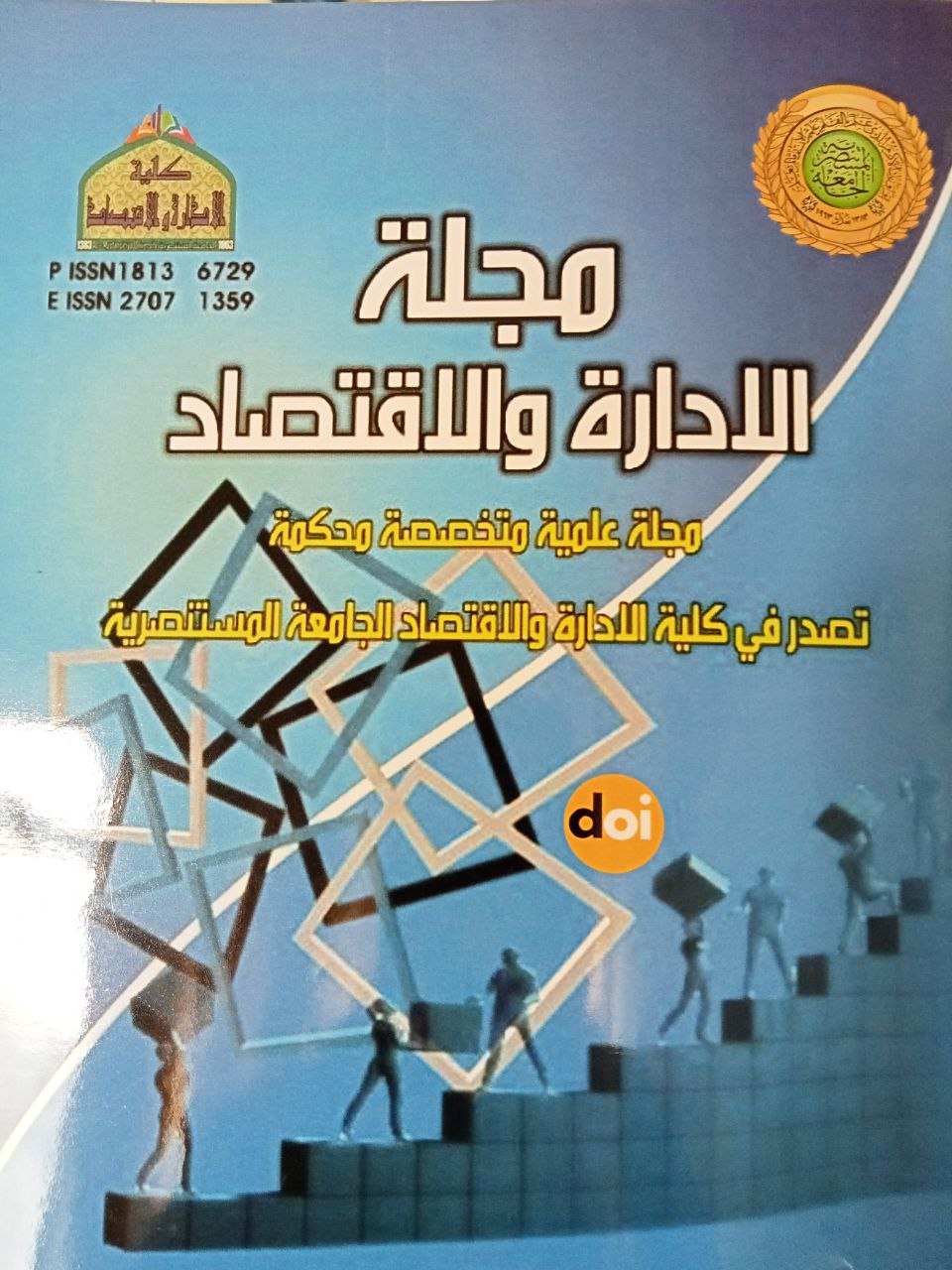The Impact of Brand Personality on Brand Trust: A Survey of Travel and Tourism Companies in Baghdad
DOI:
https://doi.org/10.31272/jae.i144.1247Keywords:
Brand Personality and TrustAbstract
The study investigated the relationship between brand personality, characterised by its five dimensions (sincerity, competence, excitement, sophistication, and ruggedness), and its impact on trust as the identity distinguishing services in the competitive market. It also aimed to explore the mediating role of trust in encouraging tourist loyalty to a specific brand. The study addressed the significance of brand personality, its practical applications, dimensions, and the influential factors in the Iraqi tourism sector. It identified the study's problem as stemming from weak cognitive and field perceptions, lack of information, and marketing strategies related to brand personality. The research objectives were to present a cognitive framework of the main variables and to understand the changes in tourists' needs and desires. The study employed a descriptive and analytical methodology, utilising a questionnaire as the primary data collection tool, consisting of 39 items gathered from a sample of 300 tourists frequenting travel and tourism companies, randomly selected. The findings indicated that tourism companies endeavour to offer distinctive services to enhance tourist trust in the brand, thus making them prefer its services in the competitive market. This differentiation increases tourists' readiness to make purchasing decisions without considering alternatives. Key recommendations include tourism companies focusing on enhancing trust in the brand and increasing the role of brand personality in promoting and achieving tourist loyalty through quality and reliability. This is done by providing high-quality, reliable products or services to build trust and loyalty.
Downloads
References
تيغزة، محمد بوزيان (2012)،التحليل العامــــلي الاستكشافي والتوكيدي مفاهيمهما ومنهجيتهما، الطبعة الاولى، دار المسيرة للطباعة والنشر ، عمان ، الأردن.
محمد,عبادة,2009,طوير صورة العلامة التجارية أداة من أدوات تحقيق الميزة التنافسية "دراسة صنف منتجات التلفاز",مذكرة مقدمة لنيل شهادة الماجستير ,جامعة قاصدي مرباح ـ ورقلة,الجزائر
مراد،صلاح احمد ، الاساليب الاحصائية في العلوم النفسية و التربوية والاجتماعية ،الطبعة الثانية ،مكتبة الانجلو المصرية ، القاهرة ،مصر ،2011
Aaker, J. L., (1997), “Dimension of Brand Personality,” Journal of Marketing Research, 34 (3):347-356.
Agarwala, R., Mishra, P., & Singh, R., (2019), “Religiosity and consumer behaviour: A summarising review,” Journal of Management, Spirituality & Religion, 16(1), 32-54.
Amberg, N., & Fogarassy, C., (2019), “Green consumer behaviour in the cosmetics market,” Journal of Resources, 8(3), 137.
Chatterjee, S.C. & Chaudhuri, A., (2005), “ARE TRUSTED BRANDS IMPORTANT ?,” Marketing Management Journal, 15(1), pp.1–16.
factor. Journal of Brand Management, 11, 4, 317–330.
Fetscherin, M., (2019), “The five types of brand hate: How they affect consumer behaviour,” Journal of Business Research, 101,116-127.
Ika, N, and Kustini, (2011), “Experiential marketing, emotional branding, and brand trust and their effect on loyalty on Honda motorcycle product,” Journal of Economics, Business, and Accountancy Ventura, Vol. 14, No. 1, April 2011:19-28.
Indradewa, R., Tjakraatmadja, J.H. and Dhewanto, W., (2015), “Alliance strategy in an R&D energy sector project: a knowledge-based view perspective,” International Journal Knowledge Management Studies, Vol. 6, No. 4, pp.337–352.
Indradewa, R., Tjakraatmadja, J.H. and Dhewanto, W., (2016), “Alliance strategy in R&D contractual projects for the energy sector: the perspective of the knowledge and resource-based views,” International Journal.
Karnilev Sergey Sergeyevg, Multiple Regression, (2002), “Publishing House Statistical Science Library Moscow Russian Federation,” First Edition.
Phau, I., & Lau, K.C., (2001), “Brand personality and consumer self-expression: Single or dual carriageway?,” Journal of Brand Management, 8, 6, 428–44.
Plummer, J.T., (2000), “How personality makes a difference,” Journal of Advertising Research, Nov-Dec, 79–82.
Roberts, C., (2010), “Exploring brand personality through archetypes”, Master Thesis, East-Tennessee State University
Sirgy, M. J., Grewal, D. and Mangleburg, T. F., (2000), “Retail environment, self-congruity, and retail patronage: An integrative model and research agenda,” Journal of Business Research model and research agenda. Journal of Business Research49:127-1.
Valette-Florence, p., (2003), “The personality of the brand: assessment and perspectives,” Revue Française de Gestion, (4), 145-162., pp.145-149.
Warren, C., Barsky, A., & McGraw, A. P., (2018), “Humor, comedy, and consumer behaviour,” Journal of Consumer Research, 45(3),529–552
Wee, T.T., (2004), “Extending human personality to brands: The stability,”.

Downloads
Published
Issue
Section
License
The journal of Administration & Economics is an open- access journal that all contents are free of charge. Articles of this journal are licensed under the terms of the Creative Commons Attribution International Public License CC-BY 4.0 (https://creativecommons.org/licenses/by/4.0/legalcode) that licensees are unrestrictly allowedto search, download, share, distribute, print, or link to the full text of the articles, crawl them for indexing and reproduce any medium of the articles provided that they give the author(s) proper credits (citation). The journal allows the author(s) to retain the copyright of their published article.
Creative Commons-Attribution (BY)









